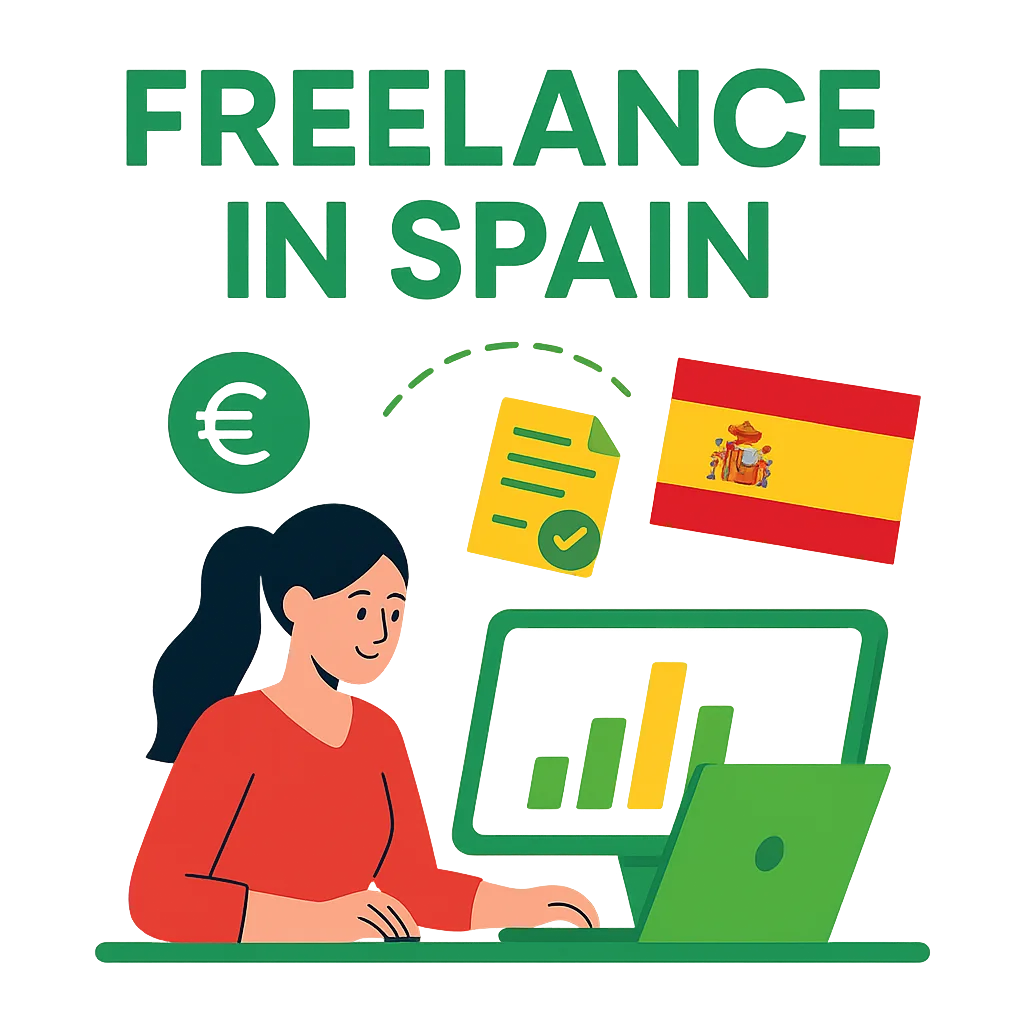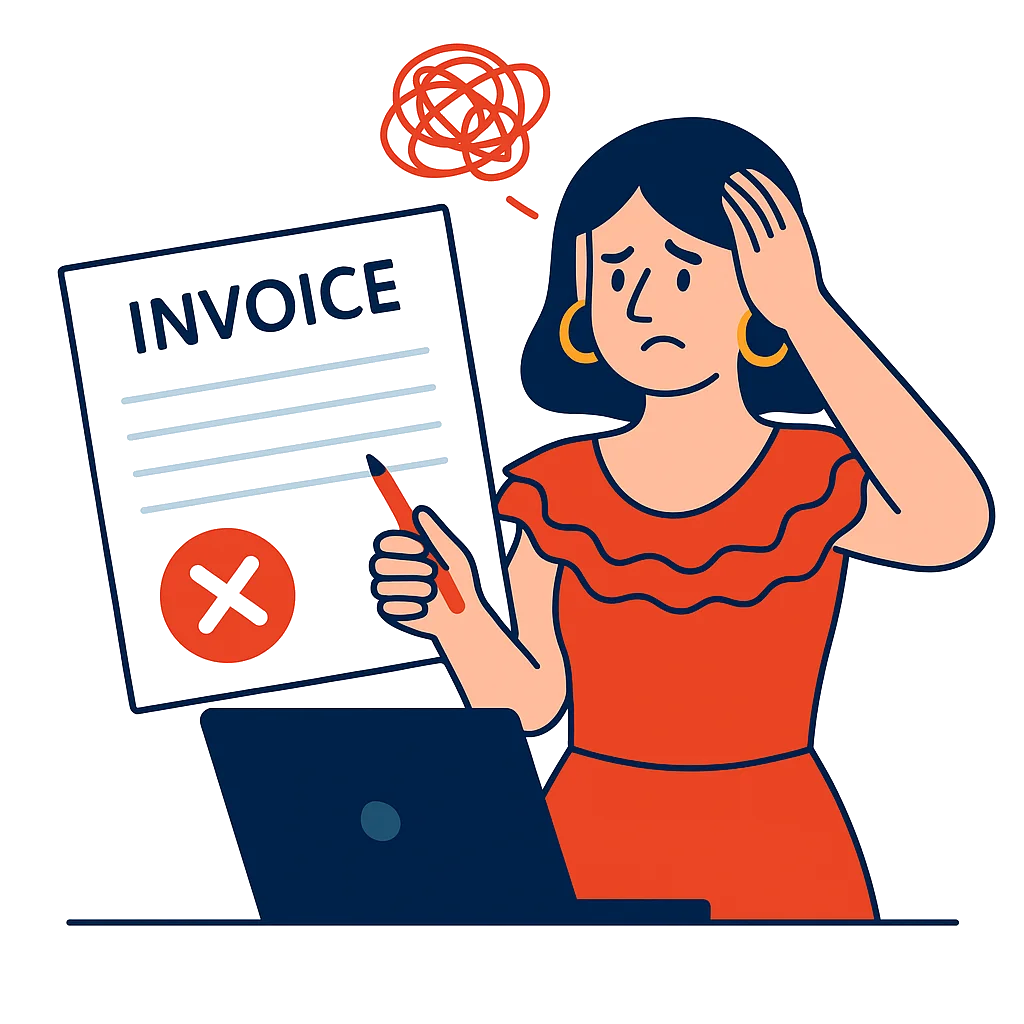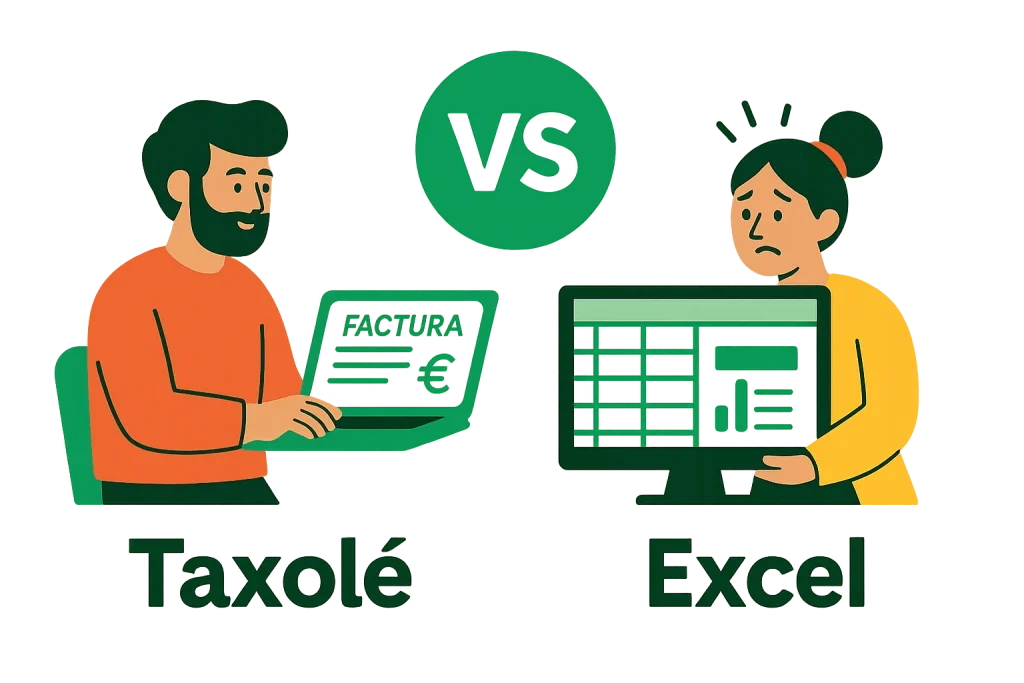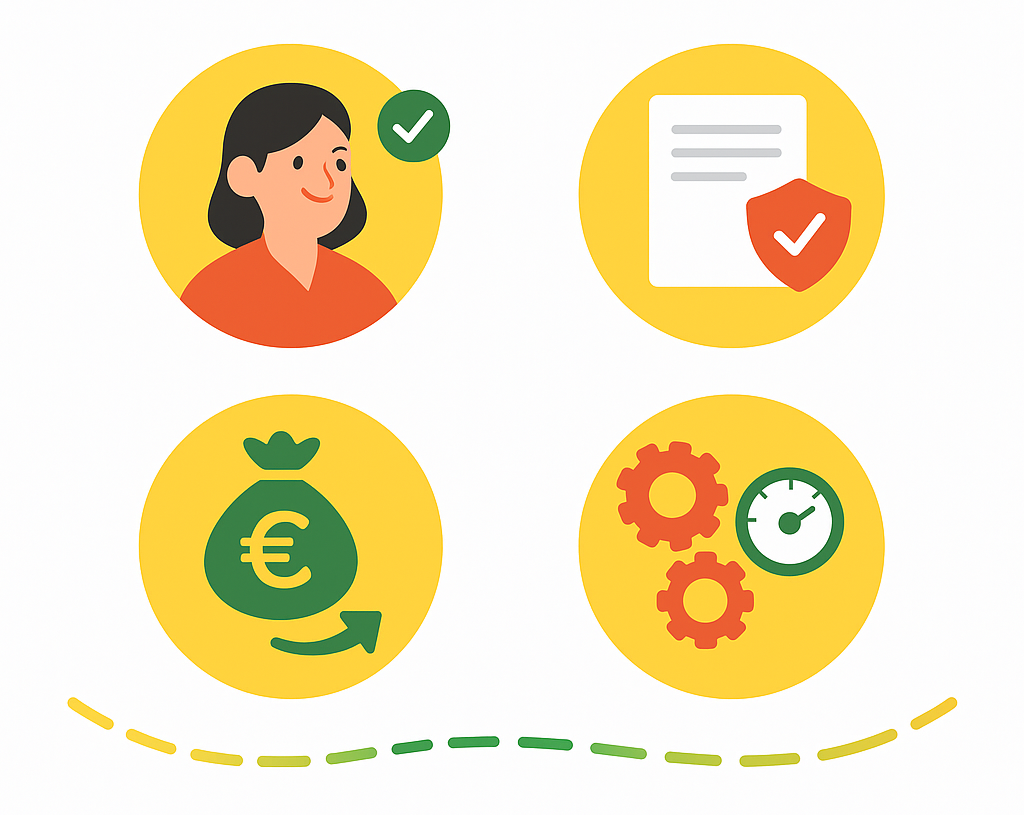The Magic QR Code on Spanish Invoices: What It Is and Why You Need It
You’ve started seeing it everywhere, haven’t you? That little black and white square, sitting proudly on your receipts from the cafe, on the tickets from the supermarket, and soon, on every single business invoice in Spain. At first glance, you might think it’s a link to the restaurant’s menu or a secret discount code. But this isn’t about getting a free croqueta. This, amigo, is the new, mandatory QR code invoice system, and it’s a big deal.
But don’t worry. While it looks like something out of a sci-fi movie, the concept is actually quite simple. We’re here to be your official translator, to turn the bureaucratic chino into plain English. Forget the legal jargon. Let’s dive into what this magic square is, why the Hacienda is so obsessed with it, and how you can get it on your invoices without even trying.
Demystifying the QR Code Invoice: What’s Inside the Box?
So, what is this thing, really? Think of the QR code invoice as the official ID card, or the DNI, for your factura. It’s a unique, scannable code that contains key information about that specific invoice, allowing Spain’s tax agency (Hacienda)—and even your clients—to verify its authenticity in a flash.
It’s not a copy of the whole invoice, but rather a secure link packed with essential data. When scanned, it reveals a URL that points to the official AEAT (Agencia Estatal de Administración Tributaria) website, containing encrypted information like:
- The issuer’s NIF (your tax ID).
- The invoice number and series.
- The date of issue.
- The total invoice amount.
Its primary purpose is to prove that the invoice is real, that it was generated by a compliant software, and that it’s part of your official, unchangeable accounting records. The introduction of the QR code invoice is a fundamental step in Spain’s move towards a more transparent and digital economy.
Why is a QR Code Invoice Now Mandatory in Spain?
This little square didn’t just appear for fun. It’s the most visible part of the new anti-fraud law, known as Verifactu. The government wanted a simple way to fight against the “black market” economy and ensure that all business transactions are properly declared. The QR code invoice is their star player in this mission.
Here’s why it’s so important:
- It Fights Fraud: By making every invoice easily verifiable, it becomes much harder to create fake invoices or hide sales. It ensures that the invoice your client receives is the same one you have in your records.
- It Builds Trust: For your clients, seeing a proper QR code invoice is a sign that you are a serious, professional, and law-abiding business. It builds confidence and transparency.
- It’s the Law!: From January, 2026, every single invoice (full factura) and simplified invoice (ticket) issued by a software program in Spain must include this QR code. Not having it isn’t just unprofessional; it can lead to hefty fines for your business.
So, while it may seem like another bureaucratic hurdle, the QR code invoice is actually a good thing for honest businesses, creating a fairer and more transparent market for everyone.
How to Generate a Compliant QR Code Invoice (The Easy Way vs. The Hard Way)
Okay, so you’re convinced. You need this magic square on your invoices. How do you get it?
The Hard Way (The “Don’t-Even-Think-About-It” Way): You could try to generate it yourself. This would involve finding a QR code library, studying the Hacienda’s technical manual to get the exact data format, figuring out how to link it to your Verifactu-compliant record system, and then manually pasting it onto every single invoice you create. It’s a technical nightmare waiting to happen, prone to errors that could get you in trouble. Honestly, you have better things to do, like running your business.
The Easy Way (The TaxOle Way): You do… absolutely nothing.
Seriously. With TaxOle, getting a compliant QR code invoice is 100% automatic. We’ve done all the hard work so you don’t have to. Here’s how our process works:
- You create your invoice in our simple, beautiful editor, just like you always would.
- You click “Finalize Invoice.”
- ¡Magia! The official, perfectly formatted, scannable QR code invoice instantly appears on your PDF.
That’s it. Our system generates the code in the background, ensures it has all the correct data, and places it on your factura in the exact spot the law requires. You don’t need to know how it works; you just need to know that it does, every single time. It’s the beauty of using a smart, dedicated invoicing software.
What the QR Code Invoice Means for Your Customers
This new feature isn’t just for the taxman. It’s also a tool for your clients. Anyone with a smartphone can scan the QR code on your invoice. It will take them to a secure page on the AEAT website where they can verify that the invoice is legitimate.
Why is this a good thing? Because it builds an incredible amount of trust. It shows your clients that you operate with complete transparency. In a world of online scams and fake invoices, providing a government-verifiable QR code invoice instantly sets you apart as a professional and trustworthy business partner. It’s a small square that speaks volumes about your integrity.
Don’t Fear the Square! Embrace the QR Code Invoice
So, the next time you see that little black and white box, you’ll know exactly what it is. The QR code invoice is a mandatory, powerful tool for verification and trust. It’s a symbol of a modern, compliant business in Spain.
While the technology behind it is complex, the process of getting one on your invoices shouldn’t be. With TaxOle, this new legal requirement becomes a complete non-issue—a background detail that you never have to worry about again. We handle the complexity so you can focus on creating invoices that get you paid.






